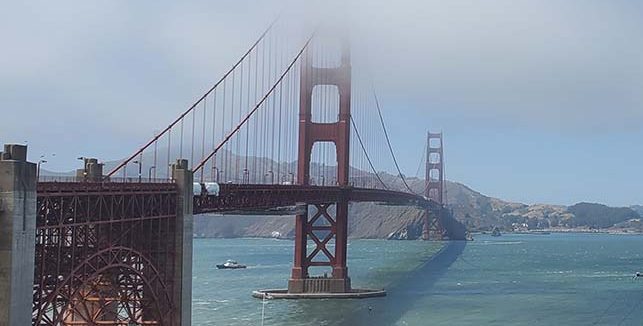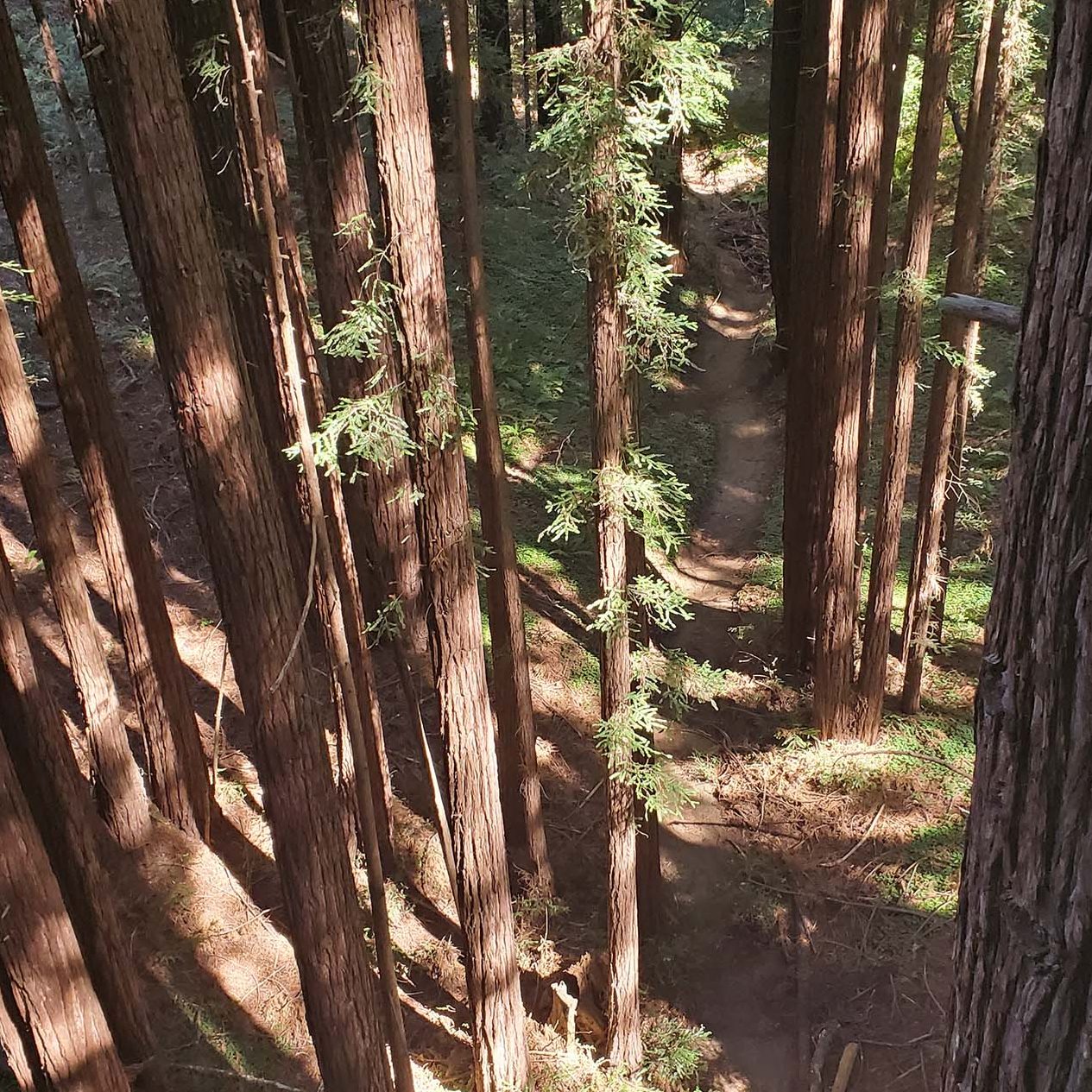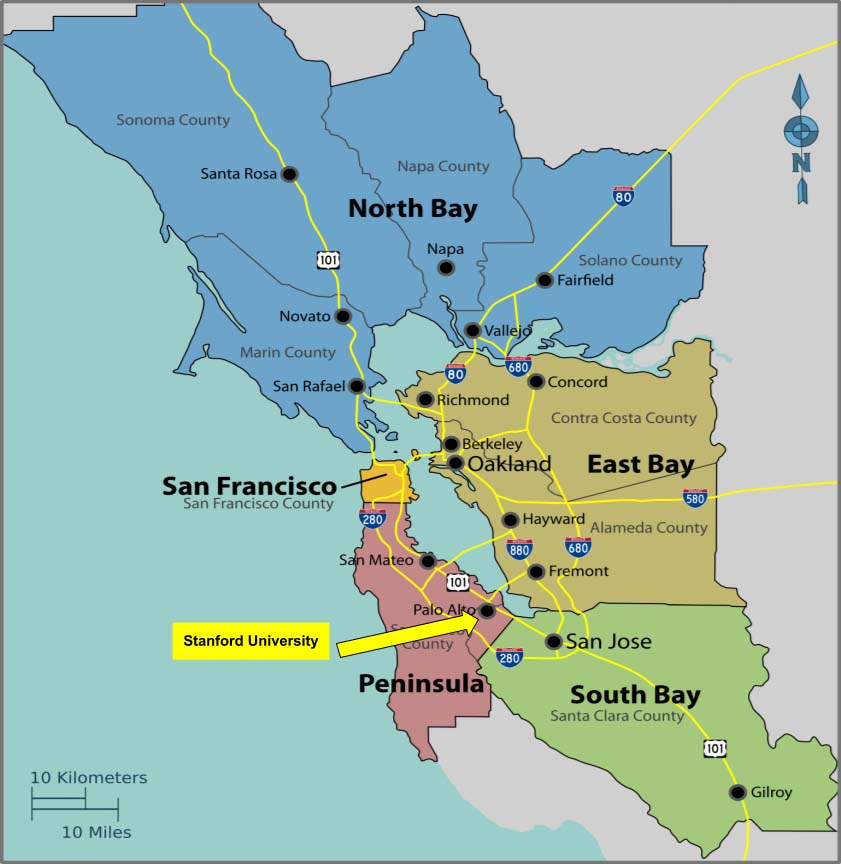Getting to the Bay Area: Airport & Transportation Information
Palo Alto and Stanford University are almost equidistant between two international airports, San Francisco International Airport (SFO) and San Jose International Airport (SJC). Car rentals, Uber/Lyft/taxis, and public transportation are easily available from both airports.
The Local Planning Committee has put together information about getting to each of the conference hotels: see our pages for Sheraton Palo Alto or Creekside (which also include information about how to get to the conference venue from each hotel).
We also have information about getting to the conference venue from the Palo Alto Transit Center and information about parking at Stanford.
While you can also fly into Oakland International Airport (OAK), it is significantly further away from Stanford than SFO and SJC.
Information about the Bay Area: Things to See and Do
Located on the San Francisco Bay Peninsula, Stanford University is an 8,180 acre campus that connects to Downtown Palo Alto via University Avenue. The general concept for the University grounds and buildings was created by Frederick Law Olmstead who may be better known as the designer of Central Park in New York. With 700 buildings on campus, there is plenty of architecture to take in.
Stanford is also home to two, free art museums: the Cantor Arts Center and Anderson Collection at Stanford. The opening reception will be held at the Cantor Arts Center so all attendees will have an opportunity to visit this museum. In addition to the museums, there are many sculptures and outdoor art available such as the Rodin Sculpture Garden. In addition to Art, Stanford is home to the Bing Concert Hall where over 300,000 guests have enjoyed many great musical artists.
The Hoover Tower at the Hoover Institution offers spectacular views of the Bay area. Another great way to see panoramic views of the campus and the Bay is to take a hike up to the dish– the dish is a photo-worthy landmark on its own.
There are many great walks for nature enthusiasts. Stanford has several botanical and sculpture gardens to explore, not to mention over 400 species of trees.
For shopping and dining, the Stanford Shopping Center is an upscale, open-air mall on Stanford property. Downtown Palo Alto is a charming combination of small-town accessibility and urban ambience. Outdoor cafes, coffee shops, bookstores, specialty shops, national chain stores, art galleries, movie theaters and restaurants can be found Downtown.
In Old Palo Alto, do not miss the Elizabeth F. Gamble Garden; or pass by the birthplace of Silicon Valley: The Hewlett Packard garage at 367 Addison Avenue, Palo Alto.
A Caltrain station is conveniently located between the border of Stanford and Palo Alto. Use Caltrain to easily travel North to San Francisco or South to San Jose with stops in every town in between the two major cities. Stanford’s free Marguerite shuttle will take you from Stanford Law School to the Caltrain Station where you can continue on to Downtown Palo Alto, the conference hotels, or catch the train to another neighboring town.
The Bay Area in Northern California is made up of nine-counties and is home to approximately 7.75 million people. In addition to its urban settings and being known as the hub of the tech industry (Silicon Valley), the Bay Area is home to coastal redwoods, nature reserves, and countless parks. The Mediterranean-style climate offers many opportunities to explore the outdoors and many of these outdoor activities are readily available at Stanford University.



Land Acknowledgement
“Stanford sits on the ancestral land of the Muwekma Ohlone Tribe. This land was and continues to be of great importance to the Ohlone people. Consistent with our values of community and inclusion, we have a responsibility to acknowledge, honor, and make visible the University’s relationship to Native peoples.”
This acknowledgment has been developed in collaboration with the Muwekma Ohlone Tribe.
Discover Stanford University
Explore the Bay Area
Where to Eat in Palo Alto
15 Best Places to Hike Near Palo Alto

